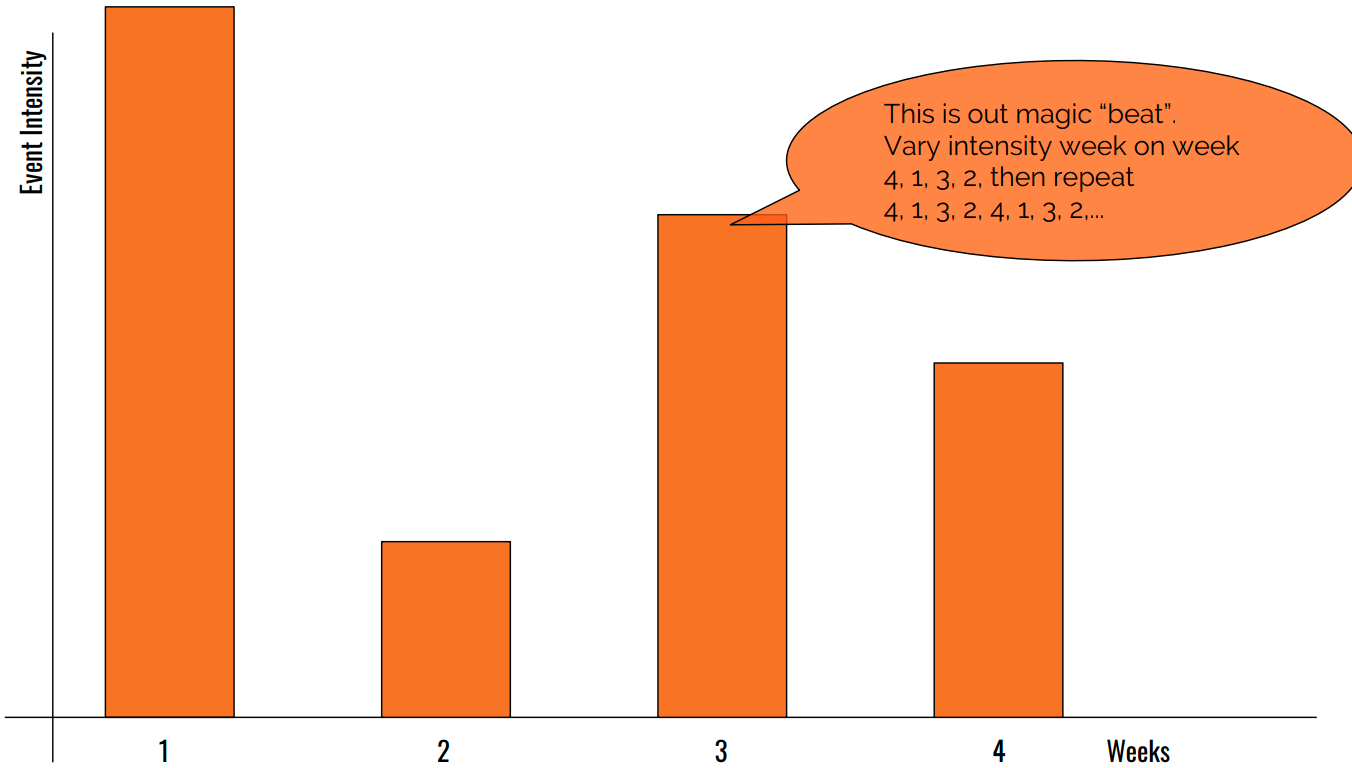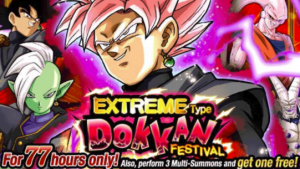Live Ops can take a great game and allow it to thrive for decades. Having a just one game high enough in the charts, coupled with a strong live ops strategy can deliver stable revenue for a free to play developer for five years or more.
A revitalized focus on live ops has been credited for the recent resurgence of companies like Zynga and Rovio, allowing Zynga’s Poker game to find newfound growth – and, notably, save Rovio’s Angry Birds 2 from Games as a Service doom. Many developers credit more than 50% of their game’s revenue comes from events and promotions. However, Live Ops is extremely difficult to get right. It’s about building up an effective toolset so that product managers can keep a game feeling “fresh” with as minimal effort as possible, and about ensuring that the game’s core systems are flexible enough so that years of additional content won’t break the core.
Live Operations (Live Ops) is usually defined as all the improvements a team will make to a game when live. This could just be adding in all those features and improvements that were outside of the soft launch MVP, or it could be delivering new levels to your game after launch. Regularly updating your game has been proven time and time again to stabilize your DAU, increase engagement and increase monetization, but constantly updating your game is a costly project. That is what live ops is about: defining and improving how you can maintain a product for the long term while keeping your upkeep costs as low as possible.
Live Ops can be broken down into 5 key areas:
- Content Delivery:
- how your team delivers new content to the game to keep your players engaged and excited while managing the costs of production.
- Offers & Promotions:
- upselling player’s currency conversions and in-app purchases in the hope of generating more revenue overall.
- Events:
- delivering limited time events which push players to play in new ways to generate higher engagement and/or revenue.
- Community Management:
- customer support, social media and any other player touch point. Ensuring players can give feedback and fix issues quickly.
- Continual Product Improvements:
- using analytics, A/B testing and feedback to dictate new features and polish that improves the overall product over time.
Each of these areas is important to deliver on live operations. Each typically has ongoing work required, pipelines to manage, and tools to be built. So for your team, you need to ask what kind of effort you want to be building these tools yourself, versus using already existing third-party tools. There are plenty of reputable tools for A/B testing, analytics, events management, promotion management, customer care and feedback. Many can provide a basis in these areas, but events, offers, promotions and content delivery all require custom-made solutions by your team.
The Requirements for Live Ops
But before you dive deep into building tools and inflating up your expectations of what live operations can do for your game, understand that not all games are built to take advantage of live operations. Not all games will see multiples of their engagement or their monetization when they release new content and events.
The base requirement for live operations is to have scalable systems that you can build upon for events, sales, promotions and content.
Will your economy sustain all the extra currency coming in from promotions?
Are the rewards from your events important enough to a player’s core progression that they will be willing to engage & pay for it?
Can your base mechanic be changed in multiple ways, add new mechanics on top of it in order to sustain new content and new events for years?
We go into setting up & evaluating your systems right from the beginning in this post:
Avoiding the Content Treadmill (Lean Live Ops)
The second step before live operations is to ensure the balance between the cost of producing content and the value of that content is worthwhile to you as a company. If you need a team of 20 people working on new levels, new characters, new modes in order to keep your audience excited, but the running cost of your team is too high: then your game won’t succeed as a games as a service. Your game won’t succeed in live operations.
Finding ways to make content more repeatable, cheaper to produce is imperative for live operations. All the while balancing the cost to ensure that the quality is there — content needs to be exciting for live ops to work.
Events & Promotion Pacing
With strong core scaleable systems and an efficient content treadmill, then its about scheduling and preparing events & promotions. When do you put items on sale? For how much? How often can you do an event before players no longer care? How often can you put items on sale before you see cannabilization of your usual sales?
While many of these questions need to be answered on a game-by-game basis, there is a set of high level rules you can adhere to.
Variety is key — to minimize burnout or decreasing impact of promotions and events its about ensuring you have enough variety in them. Events can come in all shapes and sizes. It can be a simple “double XP weekend” to introducing all new modes. The goals of an event can just be for fun (create variety, create engagement)
Planning & Communication is even more important. Thinking about building up to a maximum impact. Planning sales so that they happen in tandem with events. Building up the player anticipation of a major event before it happens with your communication channels (ex. Social Media, Forums, and In-Game Messaging) then delivering promotions and sales to prepare players for the upcoming event.
Planning also gives you the ability to pace the major beats of your events and sales. To the point that players don’t burn out, don’t become complacent to new events, and aren’t just waiting for sales to make purchases in the game.

source: Space Ape Live Ops Boot Camp
We cover how one expertly crafted event in this post:
For more on how great companies have delivered results through Live Operations, I would highly recommend reading the boot camp by Space Ape. They’ve put together a master class in lean live operations management:





